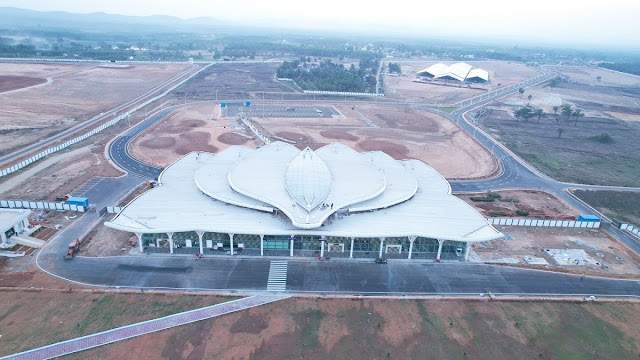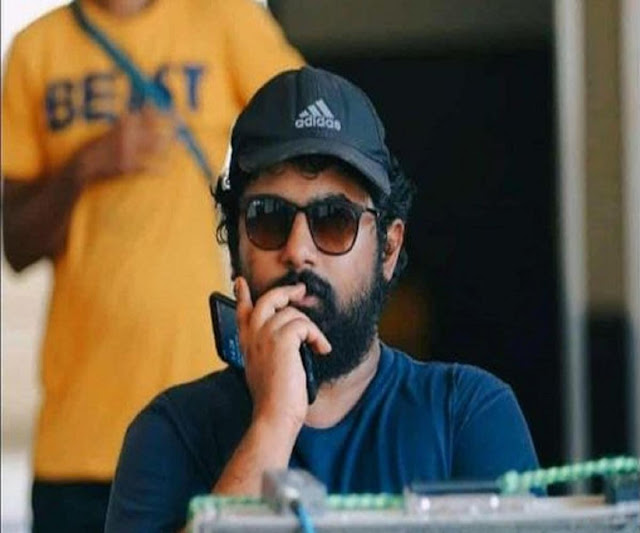From July 1, 2017, a uniform tax on goods and services - marketed by Prime Minister Narendra Modi as "One Nation, One Tax, One Market" - replaced a bewildering array of local sales and entry levies. After years of pulling in 1 trillion rupees ($13 billion) a month or less, GST collections nowadays are consistently 50% higher. The technology has stabilized. Uniform taxation across the country has gone a long way toward making India a common market, logistics and e-commerce have benefited and apart from checking evasion, real-time data on supply chains promises to help small firms access cheap financing.
According to the former BSE Chairman, Sethurathanam Ravi there were some obstacles on the road of GST until its successful acceptance. He says that the way was not easy for GST to get accepted by the people, but surely it was progressive and has finally seen the outcome. After a sluggish start and underwhelming tax collections, GST collections in the past two years have seen a strong pick up. The average monthly collections have risen from Rs 90,000–100,000 crore in the first four years to Rs 1.20 lakh crore now. GST for May, collected last month, jumped an impressive 56% from a year earlier to 1.45 trillion rupees.
Sethurathnam Ravi BSE Former Chairman also says that the Goods and Services Tax has been a major reform across India. It has changed the view of the people about taxes and even the superseding of many of the other small indirect taxes was itself a major reform. GST was one of the toughest reforms to be undertaken in the country, where states gave up their tax sovereignty in the larger interest of the country and taxpayers. GST has in a way helped better administration of taxes, increased speed in the flow of goods across state borders as well as achieved greater uniformity in rates across all states.
GST has also led to the creation of a whole new digital system for paying taxes, claiming input tax credits, generating invoices, e-ways bills, etc. The digital system, even with its many flaws, has helped administration of taxes and tracking tax evasion. The financial expert, S Ravi BSE Former Chairman ,thinks that the more important factor is how we address to the lower category of people, i.e., the MSMEs and the SME's who have to bring in more awareness and to make the cost of compliance lesser.
According to Mr. Sethurathnam Ravi, over the last 5 years, 47 meetings with the GST council had taken place and every meeting was progressive to address some of these issues. Presently the GST council demands the compensation (for the loss in revenue due to implementation of GST) that the Centre gives to states (initially for the first five years) to extend for another three to five years, a demand the Centre has not been too keen to yield to. The success (or failure) of GST now depends on the smooth resolution of these issues. The GST Council meeting on June 28–29 could give a glimpse of what lies ahead for GST.













